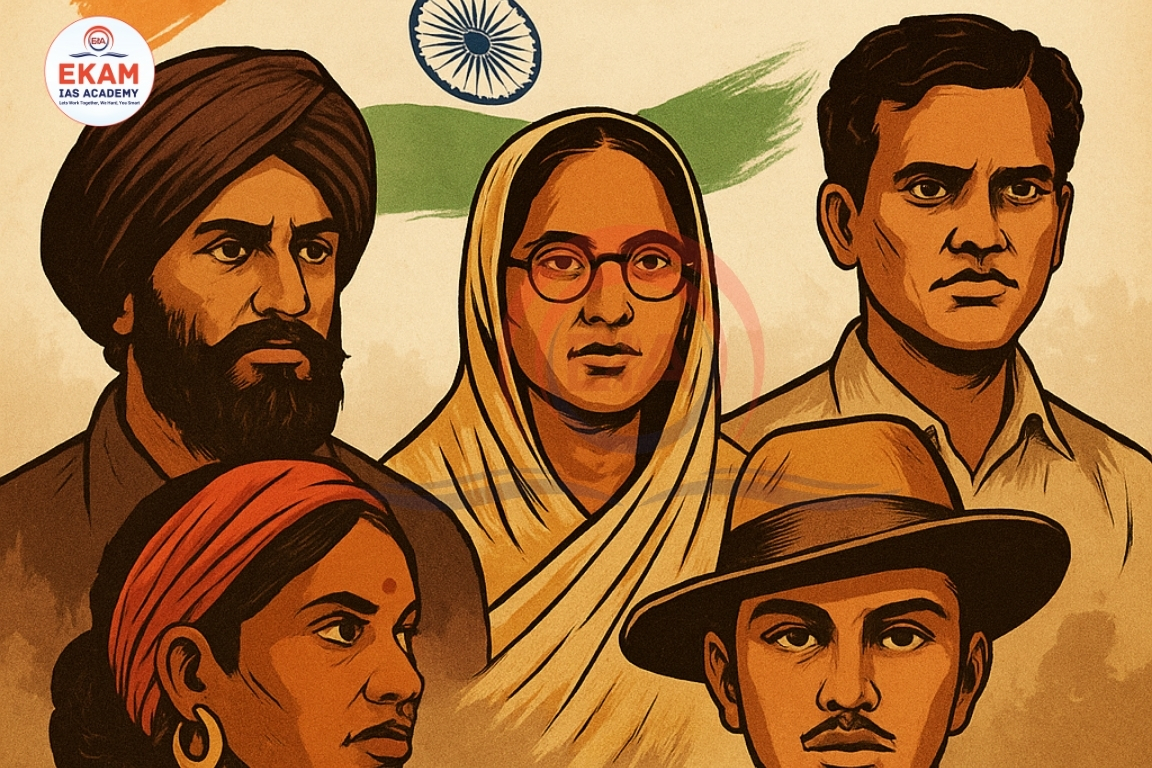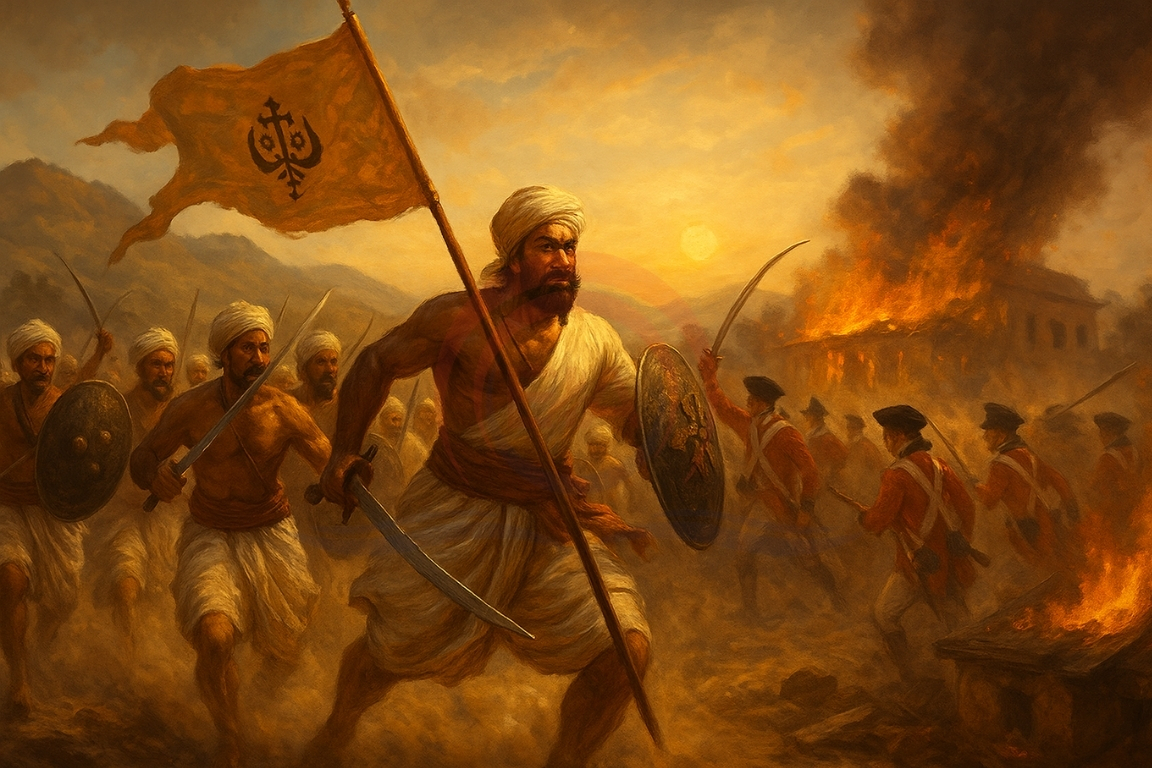The All India Speakers’ Conference 2025 was held in New Delhi to commemorate 100 years of Vitthalbhai Patel’s election as the first Indian Speaker (then called President) of the Central Legislative Assembly (CLA) in 1925.
Central Legislative Assembly (CLA)
- Established under the Government of India Act, 1919 (Montagu-Chelmsford Reforms).
- Functioned as the lower house; the Council of State acted as the upper house.
- Formed in 1921 after elections of 1920.
- Composition: 145 members (104 elected, 41 nominated by Governor-General).
- Powers: Debated budget, introduced resolutions, asked questions, and voted on grants.
- Limitation: Governor-General had veto power and could certify bills even without Assembly approval.
- Dissolved on 14 August 1947 with India’s independence; replaced by the Constituent Assembly.

Vitthalbhai Patel: Contributions
- executive.
- Created the Legislative Department, later adopted by Parliament and State legislatures.
- Earlier Roles:
- Won seat in Bombay Legislative Council (1912).
- Advocated free and compulsory education (1917).
- Entered Imperial Legislative Assembly (1920); known for active participation (asked 62 questions in one session).
- Political Path:
- Disagreed with Gandhi on suspension of Non-Cooperation (1922).
- Co-founded Swaraj Party (1923) to use legislatures for exposing colonial rule.
Legacy
- Regarded as a forerunner of today’s Lok Sabha Speaker.
- His reforms laid the foundation for parliamentary autonomy and impartiality in India’s legislature.
All India Speakers’ Conference 2025: Key Takeaways
- Role of Speaker: Guardian of legislative dignity and neutrality.
- Debate = Democracy: Without free debate, legislatures risk becoming ineffective.
- Objectives of law-making: People’s welfare, inclusive growth, efficiency, and national security.





